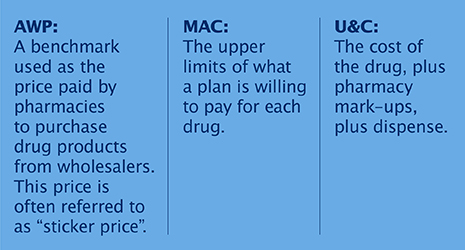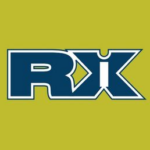Whether an independent pharmacy or a part of a chain, pharmacy managers are faced with managing the delicate balancing act between collecting maximum reimbursements from third-party payers and offering competitive drug pricing to patients who do not have insurance. As part of any business, prescription pricing plays an important critical role in a pharmacy’s revenue and overall success. There are several factors that pharmacies can consider when determining their Usual and Customary pricing strategy. From Average Wholesale Price (AWP), Maximum Allowable Cost (MAC), drug Acquisition Cost (AC), to drug pricing software solutions, the time devoted to customary pricing is critical and not something to be overlooked. When working on your pharmacy pricing strategy you can evaluate drug pricing software to aid in the process.
The usual and customary price, otherwise known as the cash price of the medication or the price of prescriptions at retail, affects reimbursement when billing prescriptions to a Prescription Benefits Manager (PBM). A low U&C could result in being paid less than the rate contracted with the PBM.
On most contracts, the reimbursement model will pay the lesser of:
• Average Wholesaler Price minus a percentage, plus a dispensing fee or
• Maximum Allowable Cost plus a dispensing fee or
• The pharmacy’s usual and customary price

There are a few drug pricing strategies which work well for pharmacies that help set the U&C pricing… Read more >





